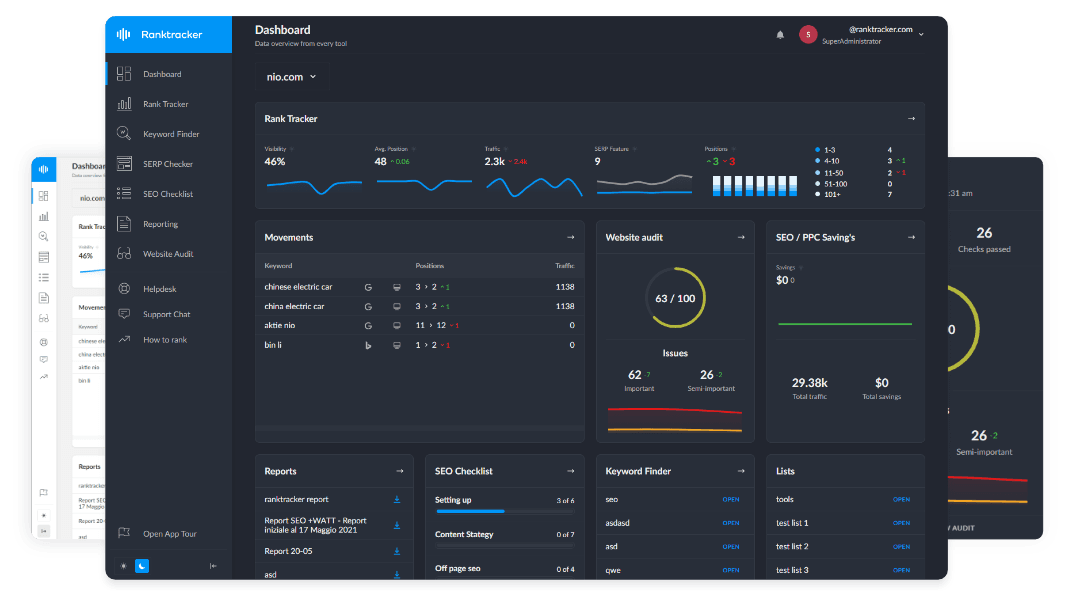Intro
Contextual vectors represent the semantic meaning of words and phrases in relation to their surrounding content. Search engines use contextual vectors to analyze text, determine topic relevance, and improve search result accuracy.
Why Contextual Vectors Matter for SEO:
- Help search engines better understand content meaning and intent.
- Improve semantic search accuracy and query relevance.
- Strengthen topic relationships within a content cluster.
How Search Engines Use Contextual Vectors
1. Enhancing Semantic Understanding & Keyword Relevance
- Google’s algorithms use word embeddings and NLP to extract contextual meaning.
- Example:
- The term “Apple” is interpreted differently in contexts like “Apple iPhone” (brand) vs. “Apple Nutrition” (fruit).
2. Improving Search Query Matching
- Contextual vectors help Google match user intent to relevant search results.
- Example:
- A search for “best SEO software” may surface results for “Rank tracking tools,” “AI-powered SEO tools,” and “SEO automation platforms.”
3. Strengthening Content Structure & Internal Linking
- Websites with strong contextual relationships rank higher for related searches.
- Example:
- A “Technical SEO” article should reference “Core Web Vitals,” “Page Speed Optimization,” and “Crawling & Indexing.”
4. Supporting Passage Ranking & Featured Snippets
- Google identifies the most relevant passage based on contextual vectors.
- Example:
- A search for “how to improve keyword rankings” may highlight a passage from an article discussing “keyword clustering techniques.”
How to Optimize Content Using Contextual Vectors
✅ 1. Implement Semantic Keyword Clustering
- Use related terms and entity-based keywords for stronger relevance.
- Example:
- "On-Page SEO" should include “meta tags,” “title optimization,” and “content structure.”
✅ 2. Enhance Internal Linking with Contextual Relevance
- Link related topics together to strengthen topical depth.
- Example:
- "Ecommerce SEO" should connect to “Product Page Optimization” and “Schema Markup for Ecommerce.”
✅ 3. Optimize for NLP & Semantic Search
- Use natural, user-friendly language instead of keyword stuffing.
- Example:
- Instead of forcing “SEO tools for ranking,” write “The best SEO tools help track keyword rankings efficiently.”
✅ 4. Leverage Passage Indexing for Better Search Visibility
- Structure content with clear subheadings and direct answers.
- Example:
- "What is RankBrain?" → Provide a concise, fact-based definition for featured snippet opportunities.
✅ 5. Use Schema Markup for Entity Recognition
- Implement structured data to improve Google’s content understanding.
- Example:
- "Best CRM Software" → Uses Product Schema for detailed comparisons and reviews.
Tools to Optimize Contextual Vectors in SEO
- Google NLP API – Analyze content meaning and entity relationships.
- Ranktracker’s Keyword Finder – Identify related keywords and topic clusters.
- Ahrefs & SEMrush – Track semantic relevance and keyword rankings.
Conclusion: Leveraging Contextual Vectors for SEO Success
A well-optimized contextual vector strategy enhances search rankings, content clarity, and user experience. By focusing on semantic relationships, internal linking, and NLP optimization, websites can improve search intent alignment and increase organic traffic.

